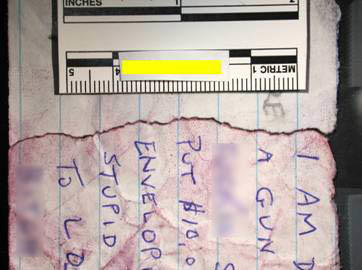
Fracture Match

Absolutely any material that is torn, broken or otherwise separated can be examined to determine if two or more pieces were at one time a single piece. Every type of material separates in a unique way and its pieces have the potential to be positively matched back to each other. Evidence submitted to determine if a fracture match can be made is examined for class and individual characteristics. This becomes a truly three-dimensional comparison, focusing not only on the surface characteristics but also on the cross-sectional topology of the fractures. Each fracture will have a unique set of these characteristics and a unique way it will fracture based upon its composition. Examples of materials an analyst can examine are plastic, glass, metal, tape, wood, paper, and fabric.